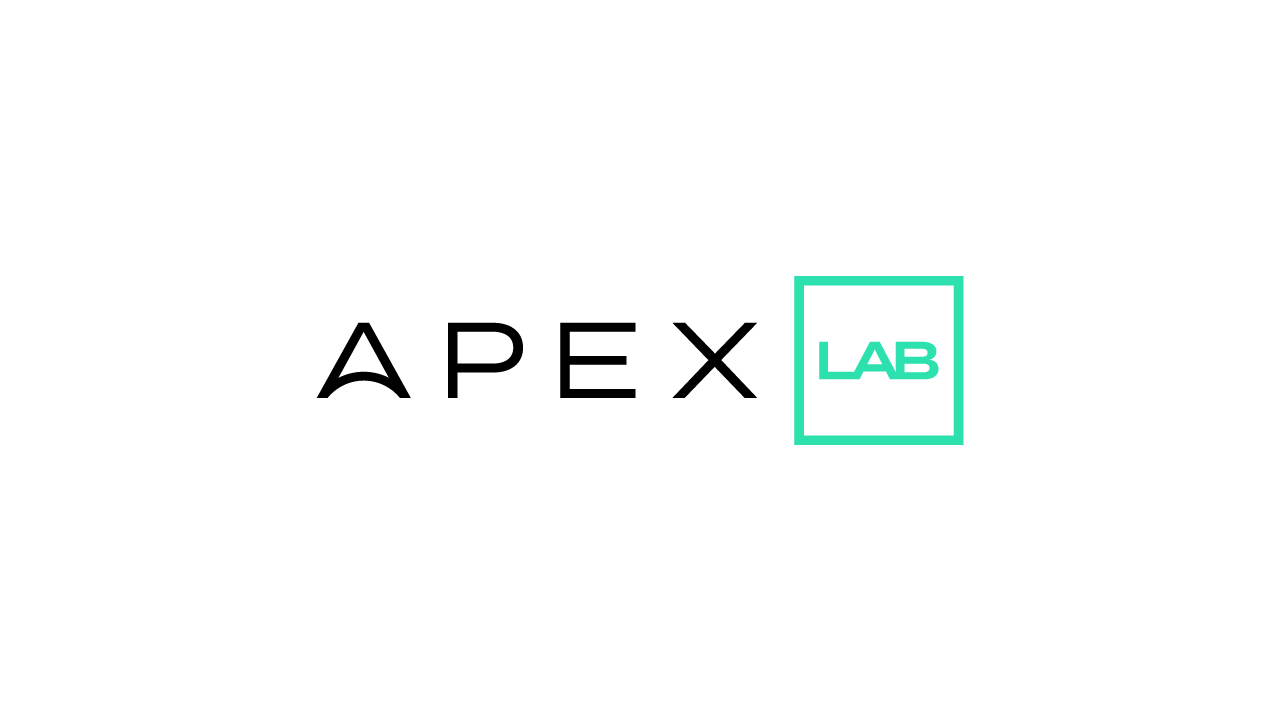What is the role of flexibility in the Clean Energy Package?
“Integrating renewables is definitely a big theme in the package, and it’s very clear that the system has to become more flexible in order to this. A lot of the content in the Clean Energy Package is about creating this kind of flexibility, as well as guaranteeing market access for everyone who wants to participate, including aggregators and energy communities, and enabling them to participate on an equal footing in all markets. It’s important to mention that it’s not only about participating in day-ahead and intraday markets – it’s very clear that demand response has a role to play here – but also in what I refer to as supporting markets. This means balancing markets, redispatch, and even the contentious capacity mechanisms.
In order to grant market access on a non-discriminatory basis, certain things which sound very technical, such as minimum bid sizes and gate closure times, may actually be the key to facilitating and enabling the participation of renewables. This is very important for both institutions: the Council and the Parliament. It is important to increase market areas, not only in terms of size, but also in terms of participants.”
What is the challenge of integrating new types of participants?
There are a few, what I like to call, ‘new kids on the block’. The directive provides new market roles, with rights and obligations assigned to them. These are aggregators, which are defined for the first time; these are energy communities, also known as local energy communities; and storage.
In the existing directive, we don’t have a definition of storage. By establishing this definition, and by adding rights and obligations to it, and then inviting member states to think about how they can design their national system to include storage, can we differentiate storage from a generator or a consumer. If you were to ask a Member State right now to define storage, they will tell you, at least in my country and I guess in many others: ‘well if it feeds into the grid it is like a generator, and if it takes electricity off the grid, it is a consumer.’ This also means they usually pay network tariffs twice.
So this is something that needs to be discussed, so that we can integrate this new market role. It is crucial to get the design right, and, importantly, to allow for some flexibility at the national level to add and to connect further rights and obligations to these ‘new kids on the block.’ Looking at the practices in Member States, wherever there is generation that feeds into the grid, or is used for self- consumption, storage is increasingly important. It is one of the most important sources of flexibility.
And what about other ‘new kids on the block’?
Local energy communities are another topic we will discuss very soon in our trilogue negotiations. A key principle here is that energy communities are a very good way of bundling generation and demand of individual participants, to enable them to access markets more easily as a group and to make use of some flexibility in terms of their own internal arrangements. In the Council, we have adopted the position that this should not come at the expense of the rest of the grid users. So this quite an important point when we are talking about local energy communities.
When we talk about aggregators, it is very important for Member States that we keep some flexibility, and to not be too prescriptive in terms of compensation issues for example, and other regulatory issues. It’s very important for the Council that there is a certain variety and then let the market decide. Let Member States employ an enabling framework and then we will see what comes up.
How does dynamic pricing fit into all of this?
Dynamic prices are important, because they provide the key to developing and using flexibility services. Yet we have to strike a balance between the rights of consumers to have a dynamic price contract – this is where we agree with the Parliament – and on the other hand to not create additional barriers to market entry. This is why we have proposed a threshold of 200.000 customers in the revision of the regulation we have released yesterday (9 October), so that there is not an obligation on every supplier.
Another important aspect of dynamic prices is that, if we allow for these kinds of price fluctuations where consumers’ contracts could be bound to day-ahead market prices for example, then let’s try to develop this concept and not put it in danger by simultaneously adding safeguards and restrictions. Adding disguised price caps is contrary to the concept of dynamic prices, and we are actually trying to eliminate price caps, so we can enable this kind of price formation without intervention. So let the markets work. I’m very confident that we will be able to achieve a good, meaningful solution that works in practice.








































































































